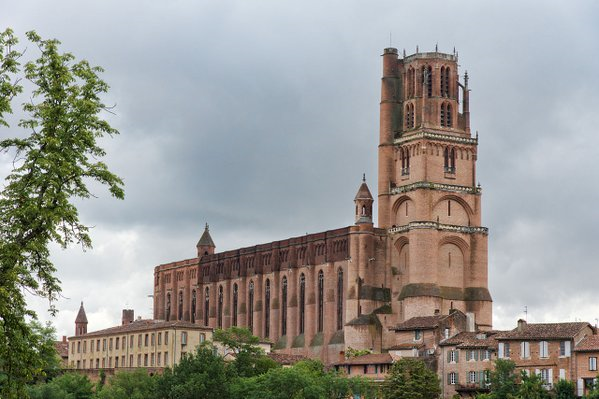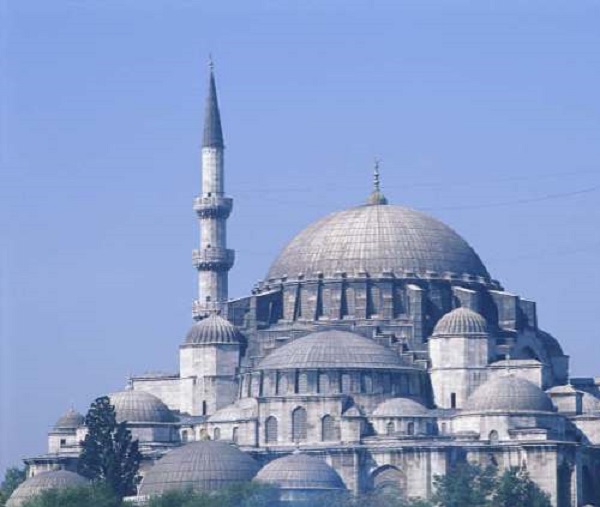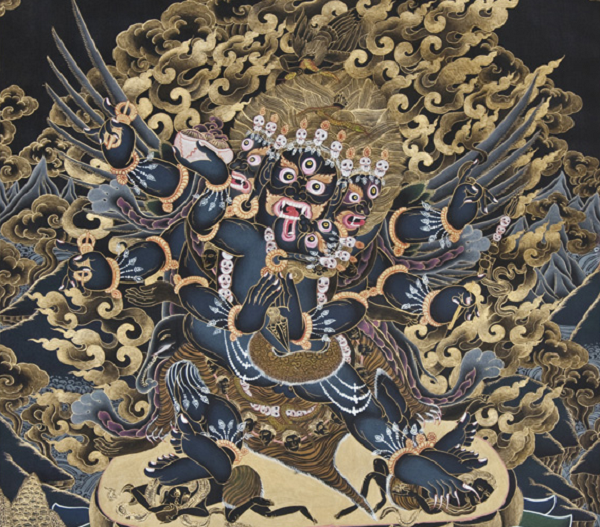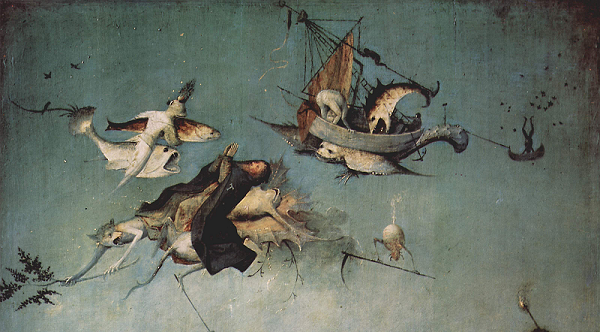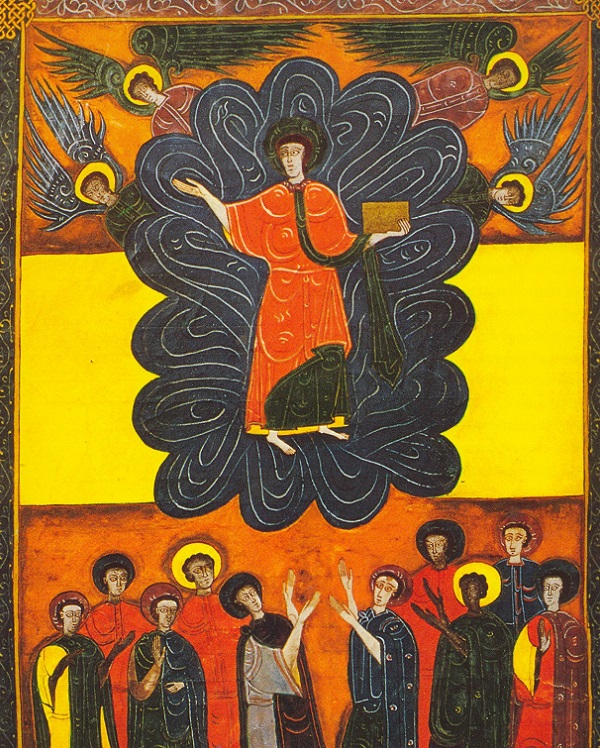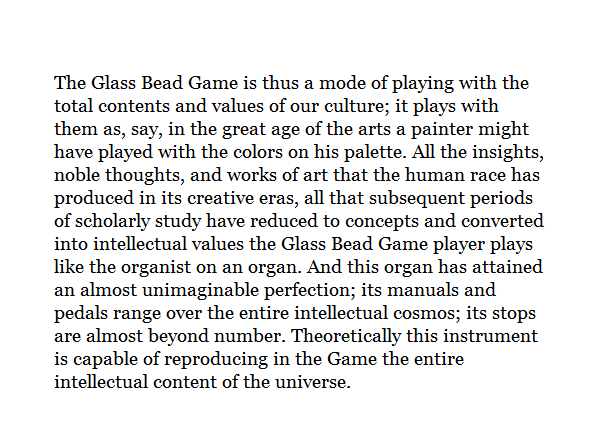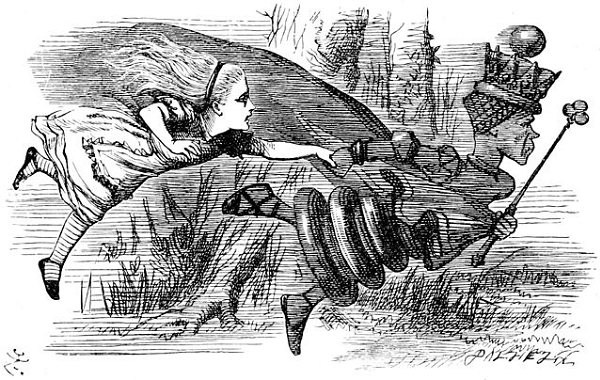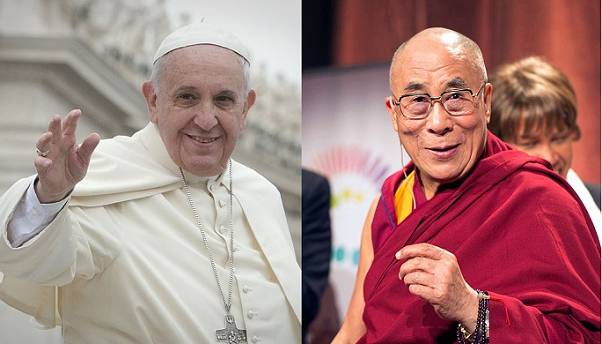[ by Charles Cameron — on some aspects of religiously motivated suicide, and I’m not clear why I called this one a jotting, since it’s quite long and detailed ]
.

.
I have been taking a couple of online courses on terrorism in recent months, and in one of them I ran across a Foreign Policy article titled Ultimate Sacrifice: What’s the difference between self-immolators and suicide bombers?
… there is another form of deadly protest that has made a resurgence in recent years. Not only did Tunisian street vendor Mohamed Bouazizi’s fiery suicide ignite the region and inspire subsequent self-immolations in Algeria, Egypt, and Morocco, but a growing number of Tibetans have also set themselves alight to protest Chinese rule in Tibetan region
It’s an intriguing question, phrased by one of my fellow students as the question, “Can Tibetan Self-immolators be considered “terrorists”?
**
I did my “due diligence” research, and came up with some articles worth reading:
Tenzin Tharchen, 125 Self-Immonlations: why suicide by fire protests continue in Tibet
Tsering Shakya, Self-Immolation, the Changing Language of Protest in Tibet
Martin Kovan, Buddhist Self-immolation and Mahayanist Absolute Altruism
while my interlocutor offered this one:
Jose Cabezon, On The Ethics Of The Tibetan Self-Immolations
But you know, the mind has indirect back-channels as well as direct information freeways, and the question seems to have been percolating while I’ve been asleep.
**
Sonam Wangyal, Lama Sobha, was the first Tibetan lama to self-immolate, and left a cassette tape in which he explained his motives:
I am giving away my body as an offering of light to chase away the darkness, to free all beings from suffering, and to lead them — each of whom has been our mother in the past and yet has been led by ignorance to commit immoral acts — to the Amitabha, the Buddha of infinite light. My offering of light is for all living beings, even as insignificant as lice and nits, to dispel their pain and to guide them to the state of enlightenment. I offer this sacrifice as a token of long-life offering to our root guru His Holiness the Dalai Lama and all other spiritual teachers and lamas.
The full text of Lama Sobha’s message can be found at the bottom of an International Campaign for Tibet page titled Harrowing images and last message from Tibet of first lama to self-immolate — the “harrowing images” themselves are linked to, but not shown.
**
The Chinese come close to targeting Tibetan self-immolators as terrorists, using the terms “Splittist”– so often also used of the Dalai Lama — and calling their actions “intentional homicide”. This from the “>Scottish Parliament’s Cross-Party Group on Tibet:
Nonetheless, the response by the Chinese authorities to self-immolations by Tibetans has been extremely draconian, largely because of an assumption that all protest by Tibetans must be intrinsically “splittist” (that is, secessionist). In particular, it has involved the formulation of new laws that seem to target Tibetans specifically, and the imposition of collective punishments, and the application of the crime of “intentional homicide” to all those aiding, abetting, encouraging or even photographing self-immolations.
**
It occurs to me that sacrificing oneself for the benefit of other beings is symbolically enacted in the Tibetan Chöd ritual, in which one symbolically feeds the parts of one’s body to the pretas or hungry demons to satiate them and put them to sleep — and also in some of the Jataka Tales of the previous rebirths of the Shakyamuni Buddha.
I’m thinking particularly of The Bodhisattva and the Hungry Tigress, and will quote here from Edward Conze‘s telling in Buddhist Scriptures, pp 24-26. On being told that self-sacrifice is difficult, Mahasattva (the future Buddha) replies:
It is difficult for people like us, who are so fond of our lives and bodies, and who have so little intelligence. It is not difficult at all, however, for others, who are true men, intent on benefitting their fellow-creatures, and who long to sacrifice themselves. Holy men are born of pity and compassion. Whatever the bodies they may get, in heaven or on earth, a hundred times will they undo them, joyful in their hearts, so that the lives of others may be saved.
His prayer before offering his own body and blood to feed an ailing tigress and her cubs is:
For the weal of the world I wish to win enlightenment, incomparably wonderful. From deep compassion I now give away my body, so hard to quit, unshaken in my mind. That enlightenment I shall now gain, in which nothing hurts and nothing harms.
Assuming the Jataka tales made it to Tibet, this one might be a potent influence on potential self-immolators.
**
A possible Tamil “comparable” — presumably Hindu rather than Buddhist, culturally if not religiously:
When young Murugathasan Varnakulasingham (aged 26) committed self-immolation in front of the UN headquarters in Geneva on 19 February 2009 he was protesting against international failures of intervention in the unfolding humanitarian tragedy in northern Sri Lanka, where he believed that large bodies of Tamil people faced extinction by the Sri Lankan government. “The flames over my body will be a torch to guide you through the liberation path,” he wrote in his parting letter.
There have been a few other protest suicides by Tamils in Tamilnadu and Malaysia, but Varnakulasingham’s altruistic act probably garnered the most attention.
**
Further thoughts:
There’s always Samson, pulling down the pillars that upheld the roof of their temple on the Philistines, once he’d regrown his hair and strength…
Then the lords of the Philistines gathered them together for to offer a great sacrifice unto Dagon their god, and to rejoice: for they said, Our god hath delivered Samson our enemy into our hand. And when the people saw him, they praised their god: for they said, Our god hath delivered into our hands our enemy, and the destroyer of our country, which slew many of us. And it came to pass, when their hearts were merry, that they said, Call for Samson, that he may make us sport. And they called for Samson out of the prison house; and he made them sport: and they set him between the pillars. And Samson said unto the lad that held him by the hand, Suffer me that I may feel the pillars whereupon the house standeth, that I may lean upon them. Now the house was full of men and women; and all the lords of the Philistines were there; and there were upon the roof about three thousand men and women, that beheld while Samson made sport. And Samson called unto the Lord, and said, O Lord God, remember me, I pray thee, and strengthen me, I pray thee, only this once, O God, that I may be at once avenged of the Philistines for my two eyes. And Samson took hold of the two middle pillars upon which the house stood, and on which it was borne up, of the one with his right hand, and of the other with his left. And Samson said, Let me die with the Philistines. And he bowed himself with all his might; and the house fell upon the lords, and upon all the people that were therein. So the dead which he slew at his death were more than they which he slew in his life.
— Judges 16.23-30 — not quite self-immolation, not quite suicide bombing, but certainly suicidal warfare with a religious motive.
Okay, When Christians quote John 15.13:
Greater love hath no man than this, that a man lay down his life for his friends.
surely they include in their understanding of that verse, those who throw their bodies on top of grenades to protect their comrades — which would seem in its own way to parallel the teaching of the Jataka Tale.
**
Likewise, when Muslims quote the hadith from Sahih Bukhari, Volume 4, Book 52, Number 53, in which the Prophet says:
Narrated Anas bin Malik:
The Prophet said, “Nobody who dies and finds good from Allah (in the Hereafter) would wish to come back to this world even if he were given the whole world and whatever is in it, except the martyr who, on seeing the superiority of martyrdom, would like to come back to the world and get killed again (in Allah’s Cause).”
and from Sahih Muslim, Chapter 28, Book 020, Number 4626:
It has been narrated on the authority of Abu Huraira that the Messenger of Allah (may peace upon him) said:
[ … ] By the Being in Whose Hand is Muhammad’s life, if it were not to be too hard upon the Muslims. I would not lag behind any expedition which is going to fight in the cause of Allah. But I do not have abundant means to provide them (the Mujahids) with riding beasts, nor have they (i.e. all of them) abundant means (to provide themselves with all the means of Jihad) so that they could he left behind. By the Being in Whose Hand is Muhammad’s life, I love to fight in the way of Allah and be killed, to fight and again be killed and to fight again and be killed.
— how close are we to Nathan Hale:
I only regret that I have but one life to lose for my country
— and behind that, to Joseph Addison:
What a pity it is
That we can die but once to serve our country.
— that’s from Addison’s now obscure play, Cato, a Tragedy, Act IV, Scene 4
**
Of course, the way to stop self-immolations in Tibet is simple — put up a notice:
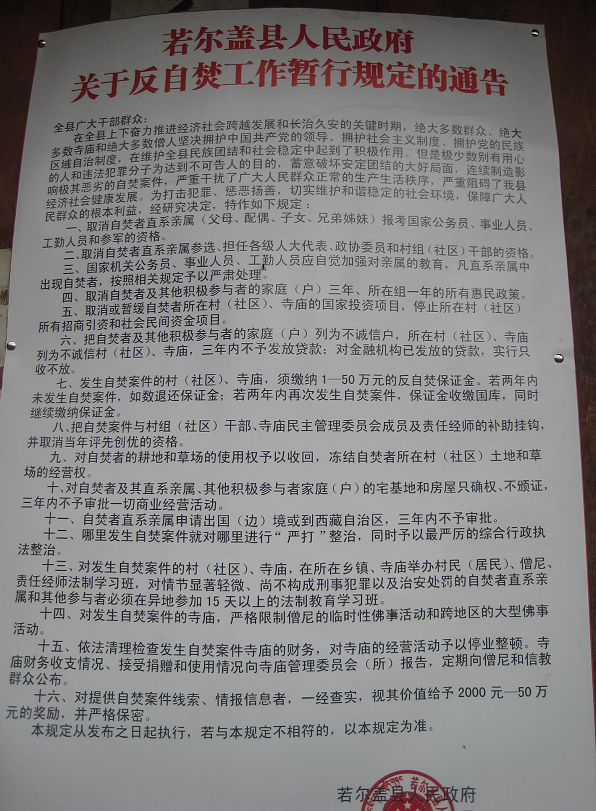
See also New document sheds light on China’s campaign against self-immolations in Tibet

